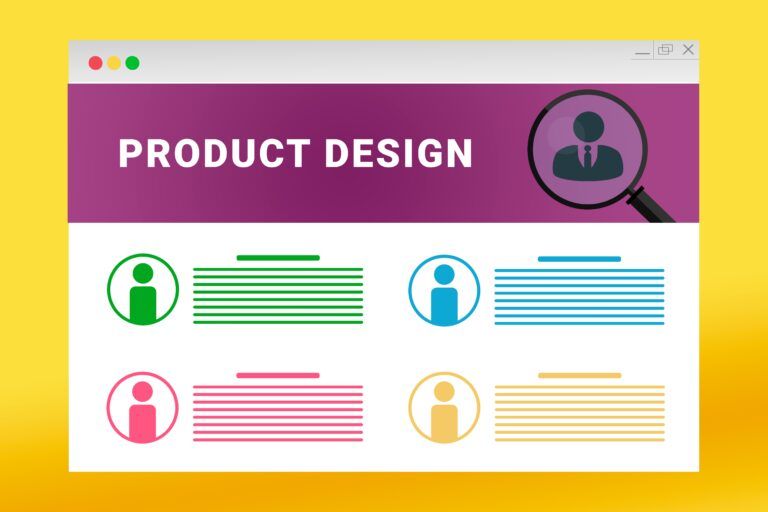
Design Thinking Courses
Design thinking can help businesses innovate and transform the way businesses develop their products, services, operations, and corporate strategy. From Airbnb to Google, the most successful companies in the world use design thinking to merge their users' needs with business goals, unlock new markets, and drive substantial innovation.
75%
efficiency boost, 300% ROI increase with design thinking
$7,404.29 million
market in 2022, $11,352.7 million by 2028
7.38%
CAGR growth forecasted for the design thinking market
2031 market size
expansion from 2024 figures anticipated
Design Thinking Certificate Courses
The Emeritus Impact
Outcome-Based Learning
Courses are curated and designed to meet specific learning outcomes to boost career growth.
Develop Future-Ready Skills
Our programs help learners build skills they can apply immediately to their jobs. Nine out of ten Emeritus learners reported a positive impact on their careers.
Immersive Learning Experience
Instructor-led courses and cohort-based learning experiences provide one of the highest completion rates in the edtech industry, ie, over 80%.
Source: Emeritus Impact Survey, 2023
500K
Learners Globally
80+
Universities Worldwide
700+
Cutting-Edge Programs
Accelerate Your Career With Leading Design Thinking Programmes
Upskill now from the world's best universities
Guide to Design Thinking
Concepts: Design Thinking
User-Centered Design (UCD) is a pivotal approach in creating products that offer meaningful and relevant experiences to users. Emeritus provides access to design thinking courses from renowned universities, where UCD is a key focus area. These design thinking certificate courses delve into the principles of understanding user needs, preferences, and behaviors. By enrolling in these design thinking courses on Emeritus, professionals can master the art of user-centered design, equipping themselves with the skills to create solutions that truly resonate with their target audience.
Design Thinking Related Videos
FAQs on Design Thinking
Can design thinking be applied to services as well as products?1
Yes, design thinking is applicable to both products and services. It aims to solve complex problems regardless of the domain, making it a versatile approach to innovation.
Can design thinking be learned and taught?2
Yes, design thinking is not an inherent trait but a skill that can be taught and developed through training and practice. This process involves mastering the methods of empathy, ideation, and experimentation.
How does design thinking foster innovation in organizations?3
Design thinking encourages a culture of innovation by promoting creative problem-solving and iterative testing. It helps organizations stay competitive by continually adapting to user needs and market changes.
How does design thinking impact customer experience?4
Design thinking improves customer experience by ensuring that the solutions developed align with user needs and expectations. The resulting products or services enhance customer satisfaction and engagementby focusing on the user.
What are common misconceptions about design thinking?5
Common misconceptions include the belief that design thinking is only for aesthetic improvements, it’s only suitable for simple problems, or that it can’t help in reducing failures. In reality, Design thinking is a flexible, problem-solving approach that can address complex challenges and reduce risks by involving user feedback early and often.
From Netflix, Apple, Google to HBO, Design Thinking has gained momentum across the world. At a time when customer experience can overtake price and product as the key brand differentiator, a creative, solutions-based approach like design thinking can deliver a competitive edge. Businesses are increasingly hiring professionals who can solve complex business problems centered on the unmet needs of the user. Explore a catalog of design thinking programmes at Emeritus and learn how to use this systematic innovation process to achieve business outcomes.


























